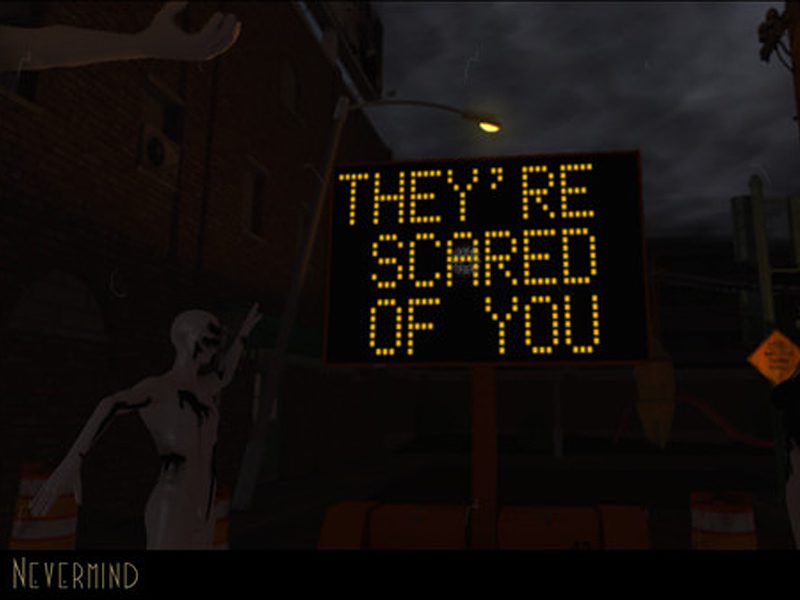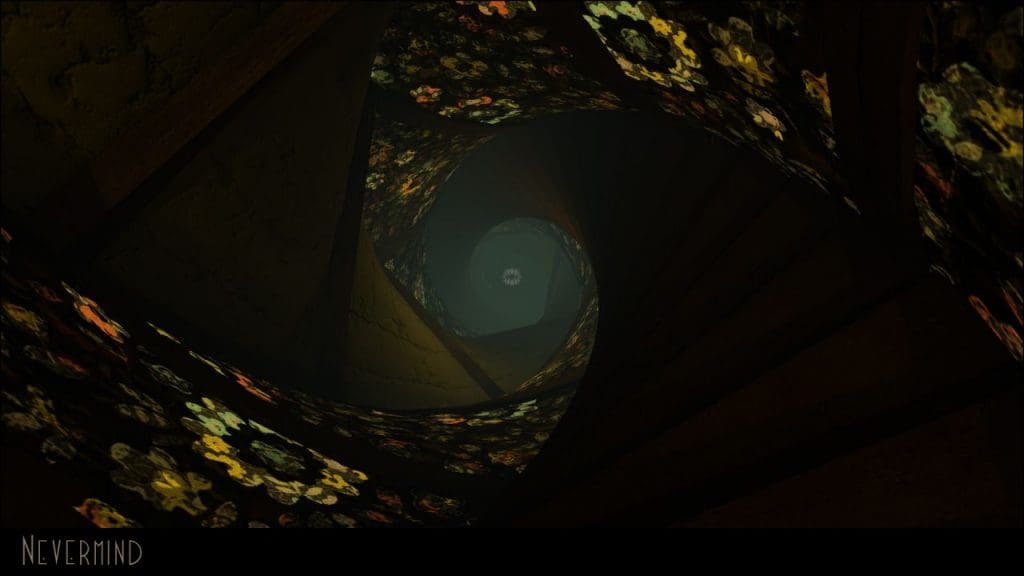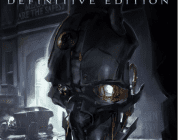Every day, thousands of people around the world are affected by the things that they fear most. Sadly, many do not know why they are afflicted by these fears and let these fears control their actions. What are you afraid of the most? If someone offered to help cure those fears would you be willing to give it a chance? Will you be able to save your patients in Nevermind or will their warped mind have you saying never mind?
In Nevermind, the player is a Neuroprober, who is determined to help the minds of psychologically traumatized victims who have been failed by traditional treatment methods. Players will dive deep into the patient’s subconscious to discover what inspired their fears and come up with a strategy on how to cure these patients. Players who let their patients’ subconscious get the best of them will have to adapt as the game becomes more difficult. As you calm down, the game will return to normal and make it easier to solve the mysteries of the inner mind. How will can the player help those that deal with depression, P.T.S.D, child abuse, murder, suicide, emotional abuse, and self-loathing? This is the general premise of the game.
Nevermind, developed by Flying Mollusk, is an adventure game that throws players into strange warped worlds to solve the twisted puzzles that will unlock the memories from their patients’ past; there is no greater puzzle than the human mind. Players will explore their dark pasts and piece together the fragments represented by photographs. Past traumatic events often cause problems later on in life that effect their experiences with others. As you dive deeper into these minds, the mind will try to defend itself against invasion. Nevermind is predominately a puzzle game that has the players solve puzzles in order to progress through the patient’s memories. Puzzles are not easily solved and require a decent amount of brain power to solve, using clues throughout the patient’s mind in order to progress through the level. Some puzzles require the player to complete other puzzles before progressing throughout the level.
The VR version of Nevermind uses biofeedback to detect the player’s level of stress, the Xbox One version unfortunately does not have this option. Biofeedback can also be achieved with an added heart rate sensor, through a webcam, or through other various methods on PC. The Xbox One version seems to increases its difficulty based on how fast the player reacts jump scares. While playing Nevermind, players must discover how to help their patients while also helping yourself. Players could also find themselves relating Nevermind with their own issues in life, in a strange sort of self-reflection.
Nevermind may not have the best graphics, but its musical composition and storytelling are superb. Sadly, Nevermind offers little replay value; players can go through their past patients’ memories to unlock more information about the experiences that created the trauma to further understand elements they have missed the first time through. Nevermind‘s controls are rather simple, requiring the player to only use less than a handful of buttons to solve its mysteries. Nevermind‘s Xbox One graphics gives the illusion of an older game ported to a modern console with limited depth perception, loose lines, and limited gameplay. When playing Nevermind you will probably remember its soundtrack better than its graphics, but depending on your mindset the story might be what you truly find engaging.
Nevermind‘s story allows you to create your own character as you step into the role of a neuroprober tasked with helping your patients. Sadly, Nevermind only has five missions and five relaxation settings. The five missions will have you trying to sort through the things that plague people around the world. Each story is not directly connected to one another, but each story’s puzzle helps you prepare for the next. There are many relatable and interesting characters involved such as: the girl who struggles with her father’s death, a veteran who has been failed by society and is dealing with PTSD, a woman who had to deal with emotional abuse, or a pianist who is struggling with memory loss. Although the minds of the patients may try to fight back, if you are strong and perceptive, you will get to the root of the problem.
As players dive into the memories of these patients, they will have to adapt to the surreal imagery that they must face while trying to solve the deeper issues each patient faces. As you dive deeper into their minds, you will have to deal with body bags in a freezer, a kitchen flooding with milk, metronomes in an empty place, and other strange events that transpire. Some images may be disturbing, but if you are resourceful you will be able to find your way through the most difficult puzzles.
Although there was never a point that created an elevated heart rate when I played through Nevermind, there may be a few moments that might make players jump. Nevermind looks to intrigue and spook through colorful imagery and warped senses. Nevermind feels rather tame compared to the jump scares of Resident Evil 7 or Alan Wake. Players can also re-explore their cured patients’ minds to unlock further memories and help them cope once the root of their problems have been discovered.
Although Nevermind might have been an eye-opening experience the first play through, the gameplay became rather stale quickly. Experiencing the memories of the patients through a first person experience might be great for VR, but on the Xbox One it neither hinders nor helps the experience. Nevermind has a great story that will make you feel for your patients and want to help them with their problems. Sadly. the games replayability is limited and only offers about five to eight hours of gameplay. Nevermind is a great experience that psychology lovers will find intriguing, but it is not worth the twenty dollar asking price in my opinion.








